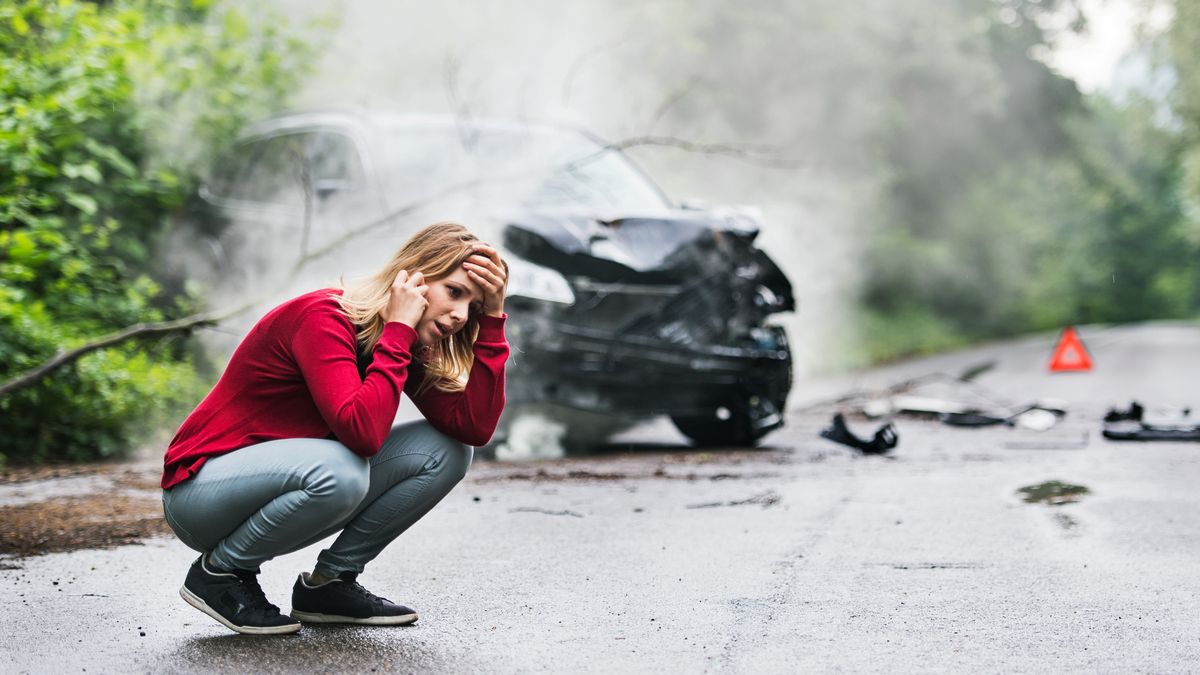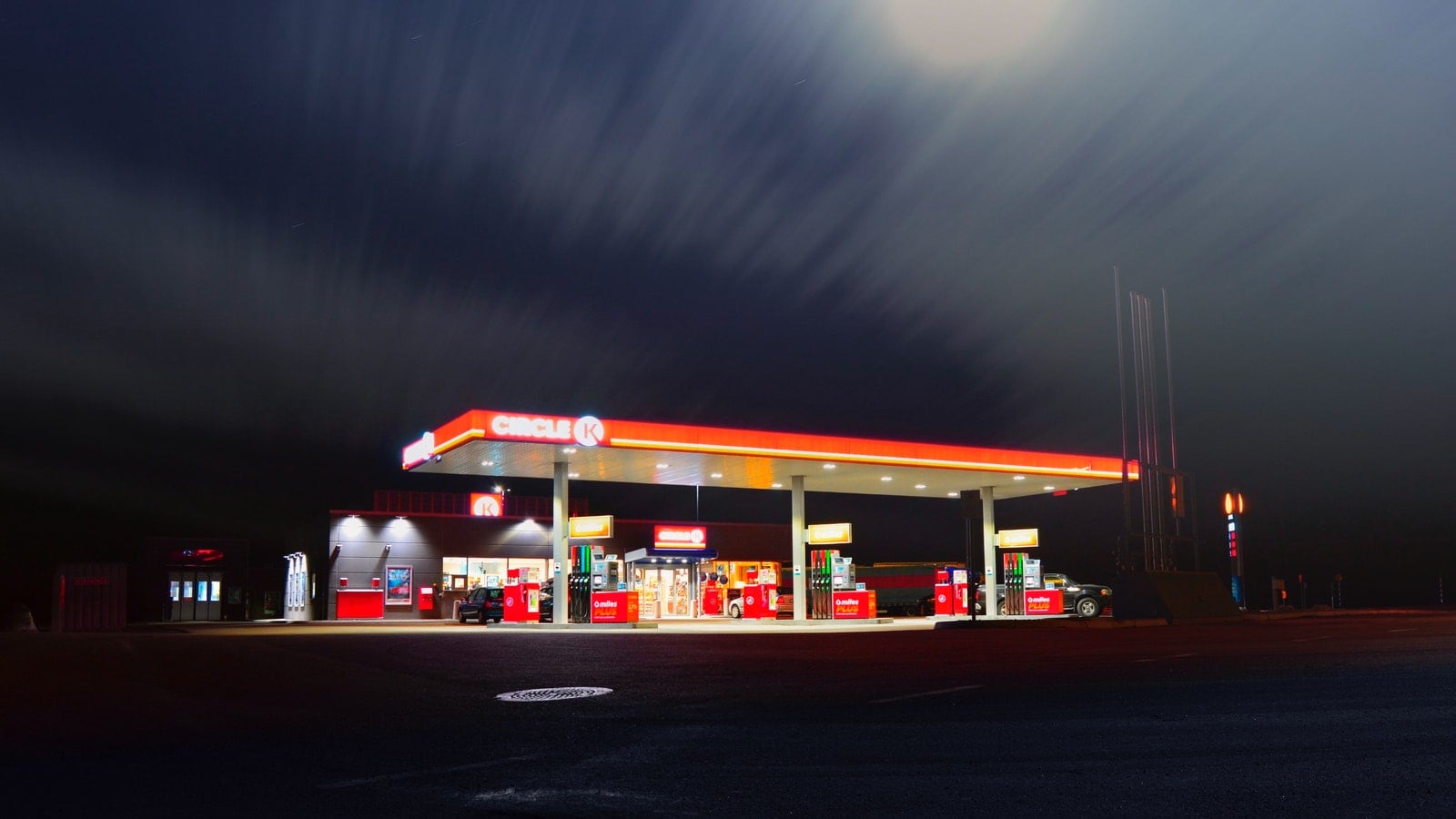If you get into a car accident, survey and protect the area to prevent another car accident from happening. Care for the injured. Call 911.
Your first priority is always the safety, health, and well-being of anyone involved. Once you’ve done those things, follow the below steps to ensure that you get all the information and details you need for filing a car insurance claim. Then, you can protect yourself, your car, and your pocketbook.
Steps to Take After a Car Accident
- Turn on hazard lights. Especially in dark areas, keep yourself out of harm’s way by turning on hazard lights or using emergency flares or cones.
- Move your vehicle. When accidents occur on an Interstate or multi-lane highway, you must move your vehicle out of the way of oncoming traffic if it’s drivable and when it’s safe. A safe place may be the shoulder, median, or parking lot. If it’s dangerous to move about or your vehicle isn’t drivable, play it safe. You may need to wait for direction from the police but use your judgment.
- Call for emergency help. Call 911 or the non-emergency police line to report the accident. Call for help, and get assistance. Some vehicles with OnStar or other automatic crash notification systems will alert the police and provide your location. This life-saving technology can get emergency help to the scene faster. More than 13 carmakers offer free systems, including BMW, GM, Hyundai, and Kia. OnStar notification systems offer more than emergency calls in vehicles with these subscription services. They also offer roadside assistance and Wi-Fi hot spots. Some police in larger cities may not respond to minor accidents. Instead, you can exchange insurance and contact information with the other driver and file a police report later.
- Gather evidence at the accident scene. Take photos of the crash site and vehicles or objects involved when it’s safe to do so. Ask bystanders for their contact information. Ask the police for their report number so you can give it to your insurance company. If questions arise, you may need to obtain the report.
- Exchange contact information. If another driver or several are involved, exchange information, including car year, make, model, and insurance provider. If the at-fault driver has little to no car insurance, your uninsured or underinsured motorist coverage (if you have it) will have to bridge the gap. Your car insurance may pay for the at-fault driver’s mistake from your policy since the driver lacked sufficient coverage.
- Call your car insurance provider. Connect with your insurer and report the accident no matter who is at fault. If the police determine who is at fault, relay that information to your provider, though they will want a copy of the police report. If the at-fault driver is uninsured, request police assistance to handle a report for you. While you may think it’s wise to not report minor fender benders, there’s always the chance the repairs won’t happen as you hope.
- Obtain event data recorder information. if you get blamed for an accident you did not cause, engage a professional to read your event data recorder. The information your car has captured could save you money in the long run.
Read more: Car Event Data Recorder: The Black Box That Saves Money.
- Research your car’s value. Car insurers will evaluate your vehicle’s actual cash value. But you can review its pre-accident value and do some research to understand what kind of settlement you might expect, especially for a diminished value claim in states that mandate these types of payouts.
Read more: Diminished Value of a Car: Estimations After an Accident.
- Totaled car claims take more time. We’ve heard horror stories where accident victims waited months for a totaled car payout. In the meantime, rental car coverage ran out, and they had no vehicle to drive. Ask the car insurer how long the car rental lasts and what you can expect.
Read our guide: Totaled Car: Everything You Need to Know.
Once you get the claim set up, you can start thinking about getting your car repaired or replaced. If you need to buy a new or used vehicle, read our guide on car buying and get information on purchasing a new car in today’s environment.
Do Car Insurance Rates Increase After a Car Accident
After a car accident, the at-fault driver’s car insurance rates typically go up. Some insurers offer accident forgiveness if it’s your first accident. However, you can’t always count on it, especially if you’ve been involved in multiple at-fault accidents.
Read Related Articles:





